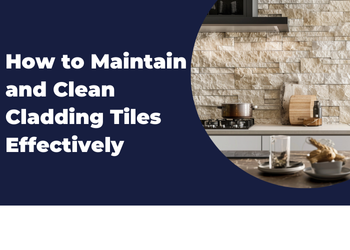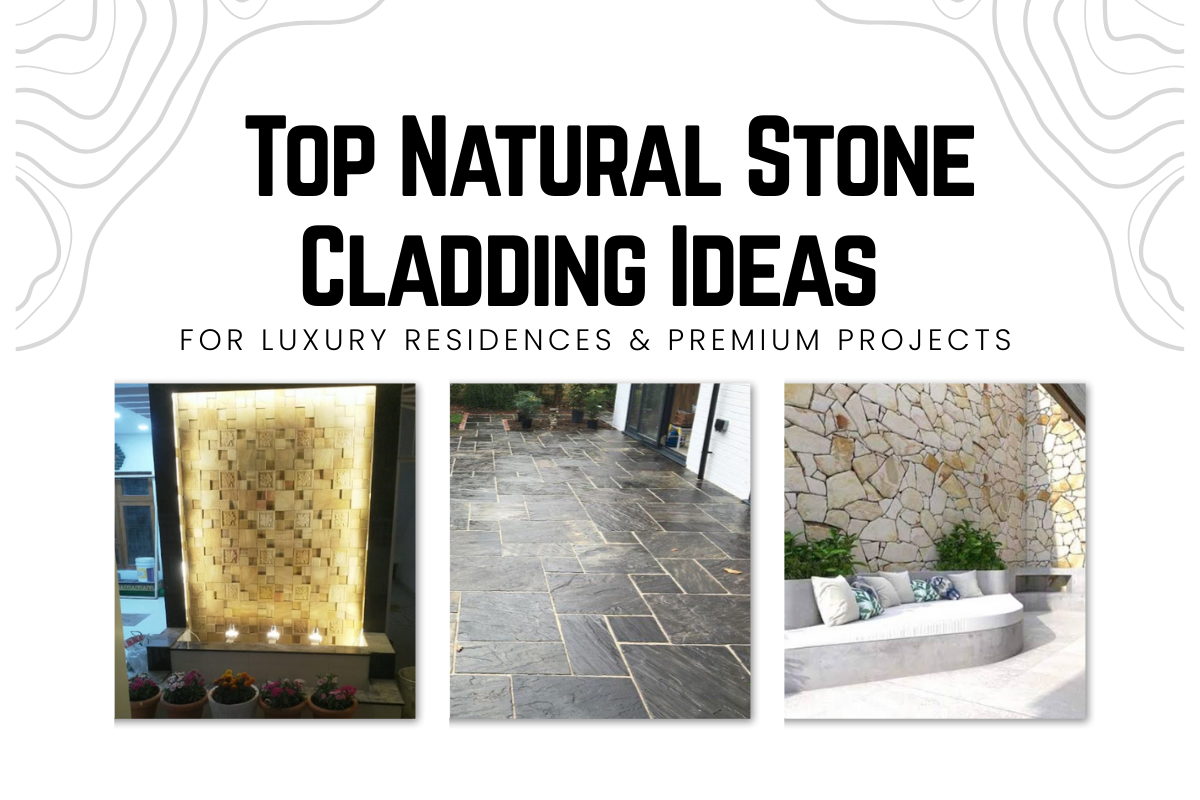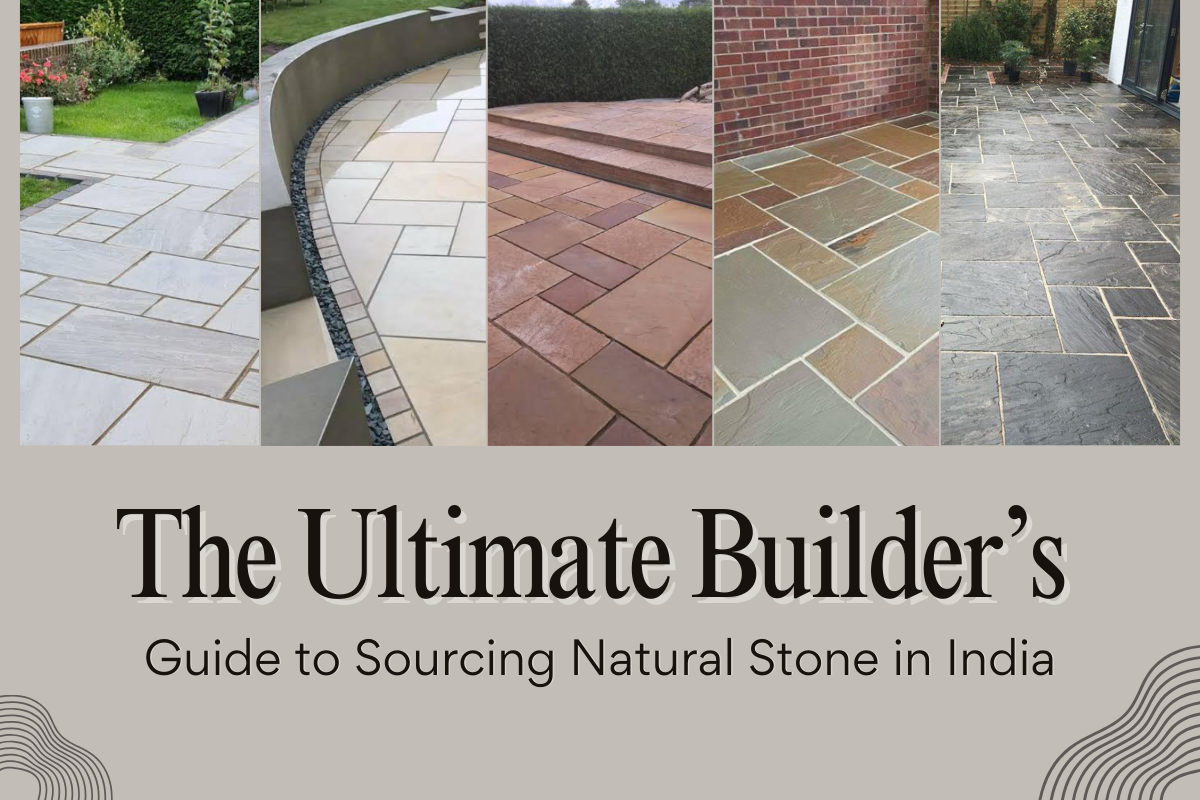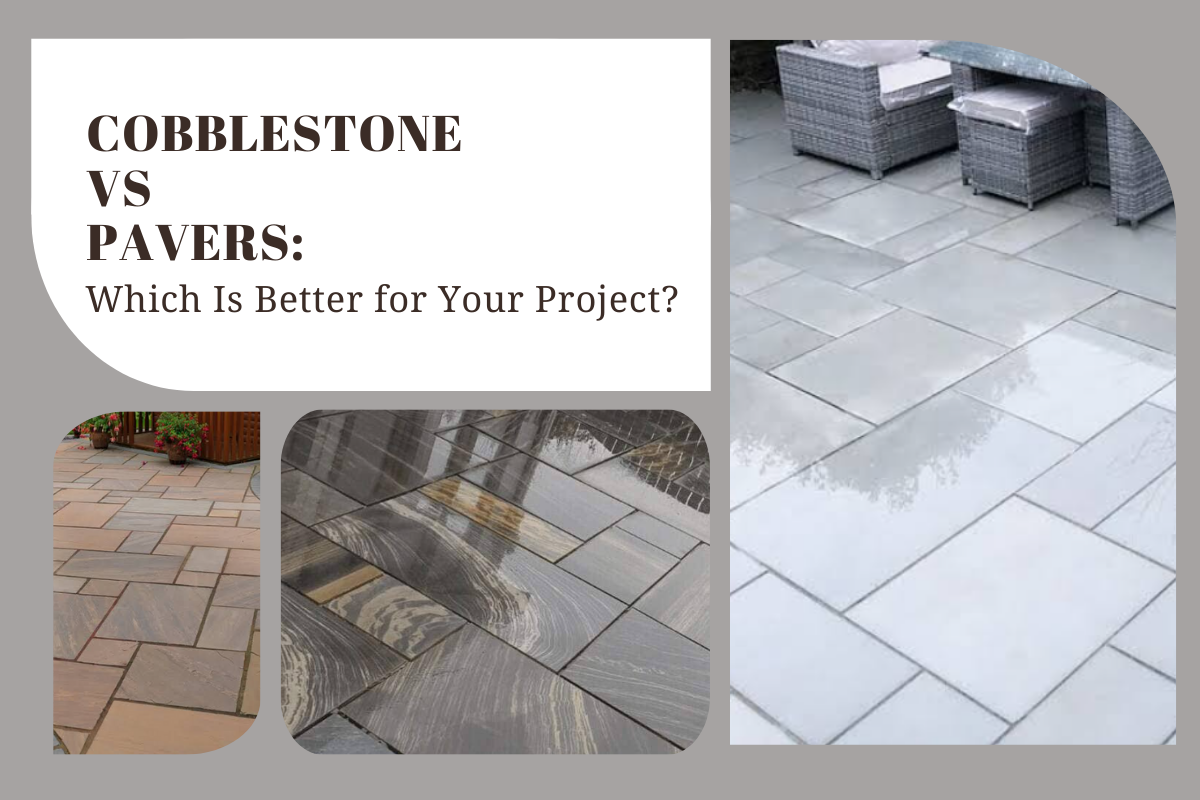Cladding tiles are a popular choice for both exterior and interior walls, adding a sleek and stylish look to homes, offices, and commercial buildings. Their durability and aesthetic appeal make them a fantastic long-term investment, but like any material, they require regular maintenance and cleaning to preserve their beauty and functionality. Knowing how to properly care for cladding tiles can extend their lifespan and keep them looking new for years.
In this comprehensive guide, we’ll explore effective methods to maintain and clean your cladding tiles, ensuring they continue to enhance your space without losing their charm.
1. Why Maintenance is Essential for Cladding Tiles
Before diving into the specifics of cleaning and maintenance, it’s important to understand why taking care of your cladding tiles is crucial.
- Prolongs Lifespan: Regular maintenance helps prevent the wear and tear that can degrade the tiles over time. Proper cleaning removes dirt, grime, and pollutants that can break down the materials and shorten their lifespan.
- Retains Aesthetic Appeal: Cladding tiles are often chosen for their visual appeal. A well-maintained surface keeps the tiles looking fresh, retaining their color and texture without dulling due to dirt buildup or weather exposure.
- Prevents Damage: Dust, pollutants, and organic matter can seep into the joints and grout between cladding tiles, causing cracks and weakening the structure. By maintaining the tiles, you help prevent potential damage that could lead to costly repairs or replacements.
- Enhances Property Value: Well-maintained cladding tiles boost the curb appeal of a property, making it more attractive to potential buyers or visitors. This can ultimately increase the overall value of the property.
2. General Maintenance Tips for Cladding Tiles
Maintaining cladding tiles doesn’t have to be an overwhelming task. With the right approach, you can keep your tiles in top condition without much hassle.
- Regular Inspection: Regularly inspect your cladding tiles to identify any signs of damage or wear. Cracks, loose tiles, or damaged grout should be addressed immediately to prevent further issues.
- Cleaning Frequency: The frequency of cleaning depends on where your cladding tiles are installed. Exterior tiles exposed to the elements will need more frequent cleaning, especially in areas with heavy pollution or weather conditions like rain and dust storms. Interior cladding tiles, on the other hand, require less frequent but equally thorough cleaning.
- Sealants: Applying a sealant to cladding tiles can provide an additional layer of protection, particularly for porous materials like stone or terracotta. Sealants help prevent water penetration, stains, and moss or mold growth, which can significantly impact the durability and appearance of the tiles.
- Avoid Harsh Chemicals: When cleaning cladding tiles, steer clear of harsh chemicals that can damage the surface. Instead, use mild cleaning solutions designed specifically for the type of material your tiles are made from.
3. How to Clean Different Types of Cladding Tiles
Different materials require specific cleaning methods to ensure they stay in pristine condition. Below are the best cleaning practices for some of the most common types of cladding tiles.
a) Natural Stone Cladding Tiles
Natural stone cladding tiles (like granite, limestone, or slate) are durable and add a touch of elegance to any space, but they require gentle care to maintain their natural beauty.
- Basic Cleaning: Use a soft-bristle brush or sponge with warm water and a pH-neutral cleaner to gently scrub the surface. Avoid acidic or alkaline cleaners as they can erode the stone over time.
- Stain Removal: For stubborn stains, create a paste with baking soda and water, apply it to the affected area, and let it sit for a few minutes before scrubbing gently and rinsing off with clean water.
- Sealing: Apply a penetrating sealer to protect natural stone from moisture, stains, and dirt. Sealers should be reapplied every few years, depending on the level of exposure to the elements.
b) Brick Cladding Tiles
Brick cladding tiles are incredibly durable and offer a rustic charm, but they can accumulate dust and grime over time.
- Dusting and Scrubbing: Use a dry, stiff-bristle brush to remove dust and loose debris from the brick surface. For deeper cleaning, mix water with a small amount of dish soap and scrub the tiles with a stiff brush.
- Dealing with Moss and Algae: If your brick cladding tiles are exposed to moisture, moss and algae might develop. To remove them, use a solution of water and vinegar or a mild algae remover. Apply the solution to the affected areas and scrub lightly.
- Rinsing: Rinse off any cleaning solution with water to prevent residue from drying on the tiles, which could cause discoloration.
c) Wooden Cladding Tiles
Wooden cladding tiles add warmth and a natural feel to any exterior or interior, but they are more prone to damage from moisture, sun exposure, and insects.
- Gentle Cleaning: Use a soft-bristle brush with a mixture of water and a wood-safe cleaner to gently scrub the surface of the tiles. Avoid using pressure washers as they can strip the wood and cause splintering.
- Sanding and Re-finishing: If the wood begins to look weathered or worn, light sanding can help restore its appearance. After sanding, reapply a wood finish or oil to protect the surface from UV rays and moisture.
- Regular Sealing: Wooden cladding tiles should be sealed regularly to protect them from the elements. Choose a sealer designed for exterior wood use to ensure maximum durability.
d) Porcelain or Ceramic Cladding Tiles
Porcelain and ceramic cladding tiles are non-porous, making them an easy-to-maintain option for both exterior and interior walls.
- Basic Cleaning: A solution of warm water and a mild detergent is sufficient for routine cleaning. Use a soft cloth or sponge to wipe down the surface and rinse with clean water.
- Grout Cleaning: Grout between ceramic or porcelain cladding tiles can accumulate dirt and stains over time. Use a mixture of baking soda and water to scrub the grout lines, and rinse thoroughly afterward.
- Polishing: Ceramic tiles can develop a dull appearance over time. To bring back their shine, you can use a commercial tile polish designed specifically for ceramic or porcelain surfaces.
4. Common Mistakes to Avoid
While maintaining and cleaning cladding tiles is essential, there are a few common mistakes homeowners should avoid:
- Using High-Pressure Washers: High-pressure washers can damage the surface of cladding tiles, especially more delicate materials like wood or stone. Always use gentle cleaning methods unless you’re dealing with very resilient materials like brick.
- Skipping Regular Maintenance: Waiting until the tiles are visibly dirty or damaged to clean or inspect them can result in long-term damage. Regular cleaning and upkeep will help avoid costly repairs down the line.
- Ignoring Sealing: Sealing is especially important for porous materials like stone and wood. Skipping this step can lead to moisture buildup, stains, and the growth of mold and mildew.
Conclusion
Maintaining and cleaning cladding tiles effectively requires regular care, proper cleaning techniques, and a focus on the specific material used. Whether you have natural stone, brick, wood, or ceramic cladding tiles, following the right maintenance routine will ensure that your tiles remain in excellent condition for years to come.
By incorporating regular inspections, gentle cleaning, and the use of protective sealants, you can preserve the durability and aesthetic appeal of your cladding tiles, ensuring they continue to add value and beauty to your property. Proper care today will save you time, effort, and money in the long run while keeping your home or building looking its best.





